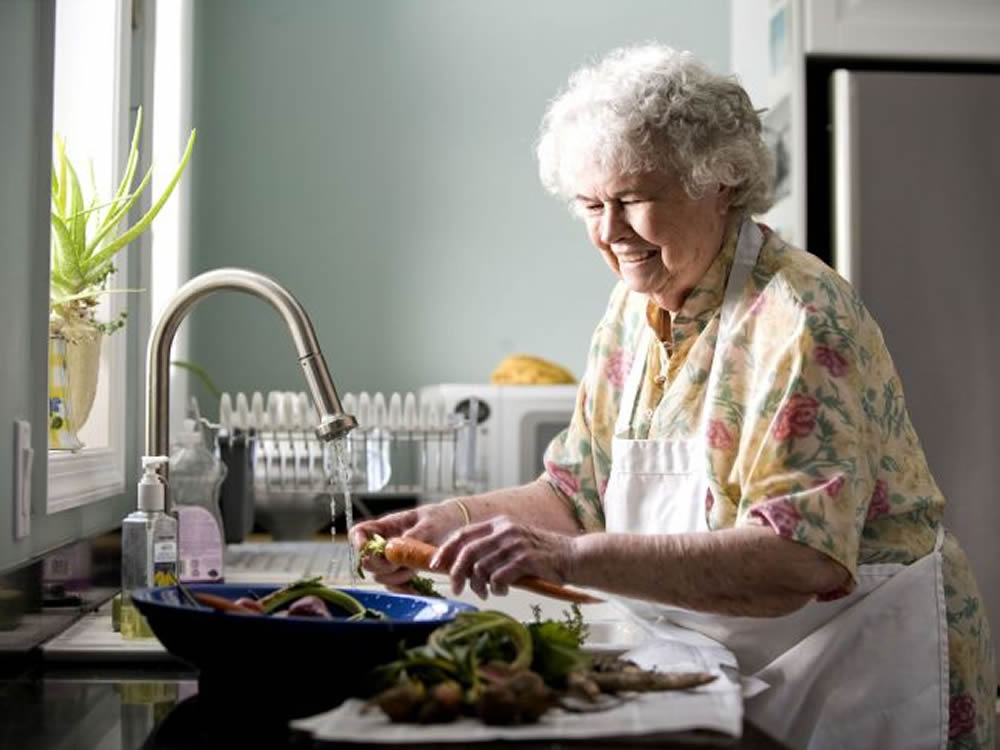There are many housing choices available to today’s independent retiree. These include universal design adaptations and in-home services to help you stay in your own home, downsizing to a smaller place, or entering a retirement community.
Retirement communities vary widely in terms of cost and what they offer. Some are designed communities, offering independent living for those aged 50+. Others are organized campuses that accommodate every stage of your retirement care. How do you decide if you can afford a retirement community, and which one’s right for you?
Can You Afford A Retirement Community?
Retirement communities offer many health and lifestyle enhancements, but are typically more expensive than living at home. SageVest Wealth Management can create planning projections that evaluate:
– What are the various cost comparisons e.g., design updates and services to age in place, versus closing costs and fees to move into a retirement community?
– How might monthly costs compare to your current expenses
– Which fee structure best supports your financial, legacy, and other personal objectives?
– If you’re a couple, how much can a surviving spouse afford?
– How could your long-term care insurance be best utilized?
Healthcare Considerations
Many campuses offer ‘continuing care’, enabling you to transition smoothly as your personal and medical needs change. If this is important to you, questions to ask include:
– Are independent living, assisted living, nursing, and memory care services located on the same site?
– What other on-site healthcare is available?
- Services like physical and occupational therapy.
- Transition assistance during and after injury or illness.
- Hospice care.
– For couples, how might differing care needs be addressed?
Retirement Community Location
Before choosing a retirement community, it’s important to contemplate the location:
– Do you like the neighborhood where the campus is located?
- Is it near people/places you’d like to be close to:
- Family and friends.
- Doctors and medical facilities.
- Banks, spiritual centers, shopping, and more.
– Do you like the campus?
- Well-lit, airy, clean, and well-maintained communal areas.
- Disabled and wheelchair accessible outside spaces.
– What transport options exist?
Availability & Entrance Restrictions
Retirement communities are increasingly popular, making vacancies more limited, so it’s important to plan ahead.
– Is there a waiting list?
– Are there health restrictions for entering the community?
Retirement Community Fees
Some communities offer basic monthly rental plans, while others require hefty entrance fees plus monthly expenses. It’s important to valuate all the costs you might incur, both now and in the future.
– How much are the entrance fees?
- Refundable.
- Non-Refundable.
– How much are the monthly fees?
– What’s the current fee structure for on-site care, and how do fees adjust for a healthy spouse?
– Are Medicare and Medicaid accepted?
– Can any part of the fees be used as a tax deduction for medical expenses?
– How have fees increased over the last five years?
– What happens if a resident runs out of funds?
Residential Unit Accommodations
Beyond viewing a potential residence, be sure to inquire about services, features, and restrictions.
– Can you renovate or remodel?
– Do all units have smoke alarms, emergency call systems, and other safety features?
– What TV and internet options exist?
– Is there a strong cellphone signal?
– Do units feature individual heating and cooling controls?
– Are pets allowed?
– If you require care, are private rooms available?
Retirement Community Amenities
A major attraction to retirement communities is the broad availability of services and amenities within one community. Inquire about features on offer, as well as their cost:
- Unit maintenance.
- Housekeeping.
- Laundry services.
- Fitness facilities.
- Transportation.
- Pet sitting.
- Computer support services.
- Beauty parlor, gift shop, post office, and other conveniences.
- Parking options – for you (if you’re keeping your vehicle) and visitors
Community Experience
Another enticing feature of retirement communities is the sense of communal involvement shared by residents.
– Will you fit in?
- Request population demographics.
- Mingle with residents to get feedback on what it’s like to live there.
– What community activities are offered?
- On-site:
- Available activities.
- How frequently.
- Associated costs.
- Excursions:
- Transportation.
- Associated costs.
Meal Options
Food services are typically included, but everyone’s pallet and budget are different. Be sure to try a meal or two on-site, and inquire about:
– What meal options are available?
- Buffet versus plated service.
- Hot and cold options.
- In-room service.
- Snacks.
– Are sample menus appealing?
- Overseen by a nutritionist or registered dietician.
- Special dietary needs can be accommodated.
- Portioning e.g., second helpings, smaller portions, etc.
– What are the hours of food service operation?
- Open seating versus assigned seats/times.
– Can guests dine with you?
– How much do the different food options cost?
Quality of Care
The following questions may help provide peace of mind regarding quality of care, both while you’re well and if you ever require additional support:
– What’s the staff-to-resident ratio?
– What training does staff undergo, and how often?
– What’s the average length of service for staff members?
– Is the retirement community for-profit or non-profit?
- Review their financials.
- How long they’ve been in business.
– Are there written policies on things like privacy, complaints, etc.?
– What rating did the last two State inspections return?
Moving to a retirement community takes time, research, and planning. This includes extensive financial planning to ensure that you can afford a retirement community and that your savings can sustain your long-term lifestyle goals. If you’re considering a major life transition to retirement community living, please contact us for guidance.




